Doctors at Europe’s largest cardiology meeting have warned that electronic cigarettes may be causing irreversible harm to children’s hearts and brains. Their message is clear: vaping is not risk free for children and teenagers whose bodies and brains are still developing.
What is new and why it matters
At the European Society of Cardiology congress in Madrid, cardiologists highlighted evidence that youth vaping is linked with cardiovascular strain, including raised heart rate and blood pressure along with increased arterial stiffness. They also expressed concern about exposure to toxic compounds produced when liquids are heated, the risk of nicotine addiction, and a gateway effect to smoking among young people. Long term data are still emerging, but paediatric and cardiac specialists are urging strong caution for under 18s.
The United Kingdom policy backdrop
From 1 June 2025, selling or supplying disposable vapes is illegal in the United Kingdom, online and in shops, whether or not they contain nicotine. Retailers must recycle remaining stock and only reusable refillable devices are allowed. Paediatric and public health bodies continue to call for tighter rules that protect children, including clearer controls on marketing and flavour names that appeal to minors.
What recent youth data show
-
Trying vapes: About one in five young people in Great Britain aged 11 to 17 have tried vaping.
-
Current use: Roughly seven percent currently vape, and a significant share do so daily.
These figures underline why schools, families, and local authorities are on the front line of prevention and support.
Practical steps for schools, trusts, and facility managers
-
Update your policy now
Align behaviour, safeguarding, and health and safety policies with the disposable vape ban and local trading standards guidance. State clearly that vaping is not permitted on site for pupils, staff, contractors, or visitors, and set out fair and consistent consequences. -
Educate with evidence
Refresh PSHE and staff training to reflect the emerging cardiovascular risks and the real addiction potential for young people. Keep messaging balanced. Vapes may help some adult smokers to quit, but they are not for children. -
Strengthen the environment
Identify hotspots such as toilets, changing rooms, and secluded corridors. Improve natural surveillance, access control, and ventilation. Small environmental changes can reduce misuse without turning spaces into fortresses. -
Detect and deter
Use purpose built vape detection in high risk areas to surface incidents quickly and fairly. Clear protocols for alerts, response, and escalation protect both staff and pupils and reduce reliance on guesswork. -
Measure indoor air quality
Track fine particles and volatile organic compounds to spot patterns and demonstrate improvements after interventions. Continuous monitoring supports conversations with governors and parents and helps evidence compliance. -
Engage families
Share up to date guidance for parents and carers, including how modern refillable kits look, the signs of nicotine dependence, and why flavours are not harmless for teenagers.
A note on balance
For adult smokers, switching to regulated vaping products is widely considered less harmful than smoking. That judgement does not apply to children. Health authorities and heart charities stress that no child or teenager should vape, and that uncertainties about long term cardiovascular impact warrant a precautionary approach.
How Vape Guardian can help
Vape Guardian partners with schools, multi academy trusts, and workplaces to prevent, detect, and deter vaping while improving indoor air quality.
-
Discreet and accurate vape detection designed for washrooms and other hotspot areas
-
Unified software and sensible alerts that reduce false positives and cut admin time
-
Indoor air quality monitoring across particles, gases, carbon dioxide, temperature, and humidity to evidence improvement and support wellbeing initiatives
-
Practical playbooks, training, and communications templates to roll out policy and engage stakeholders
If you would like a quick site review or help updating your policy and communications, our team is ready to support you. Get in touch here.


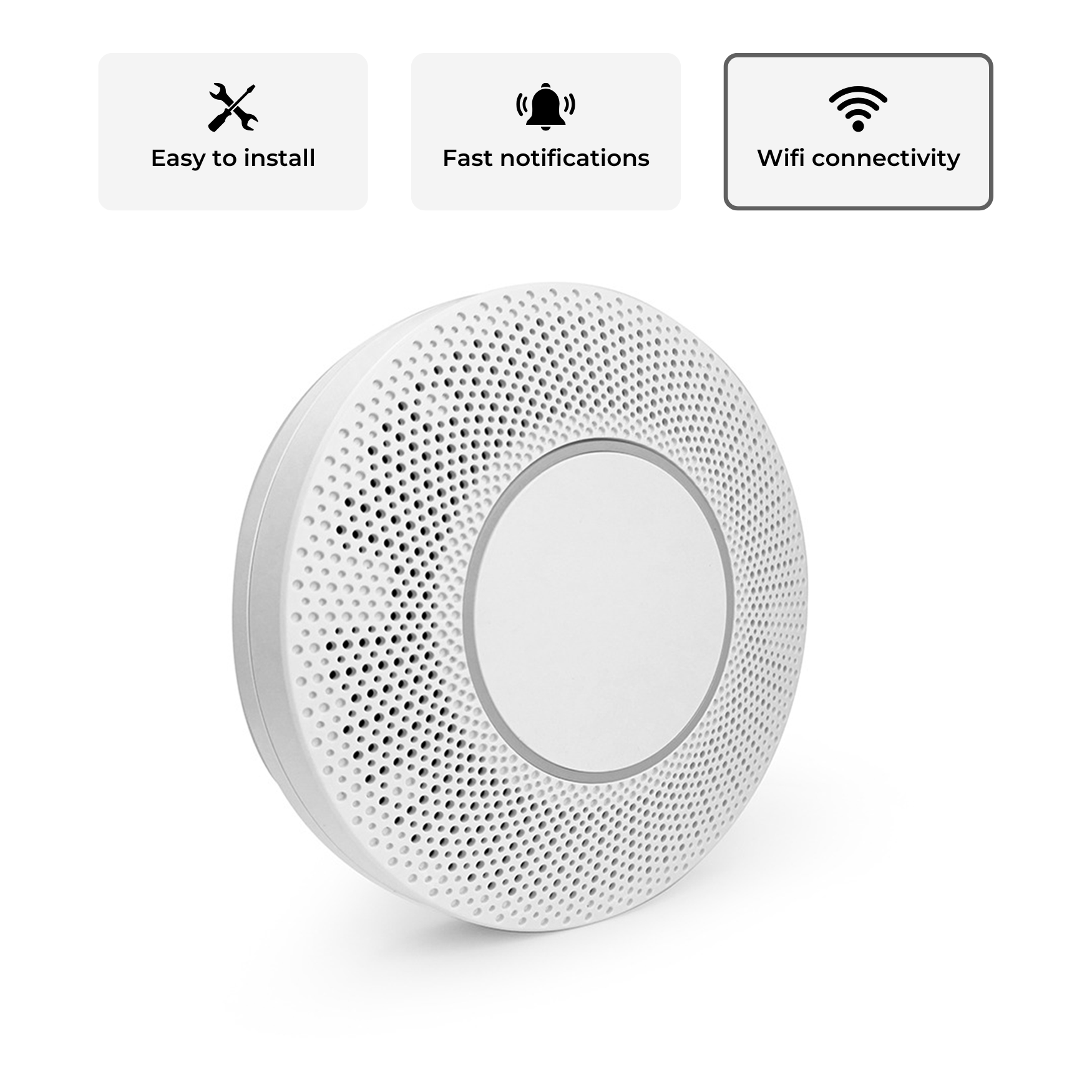
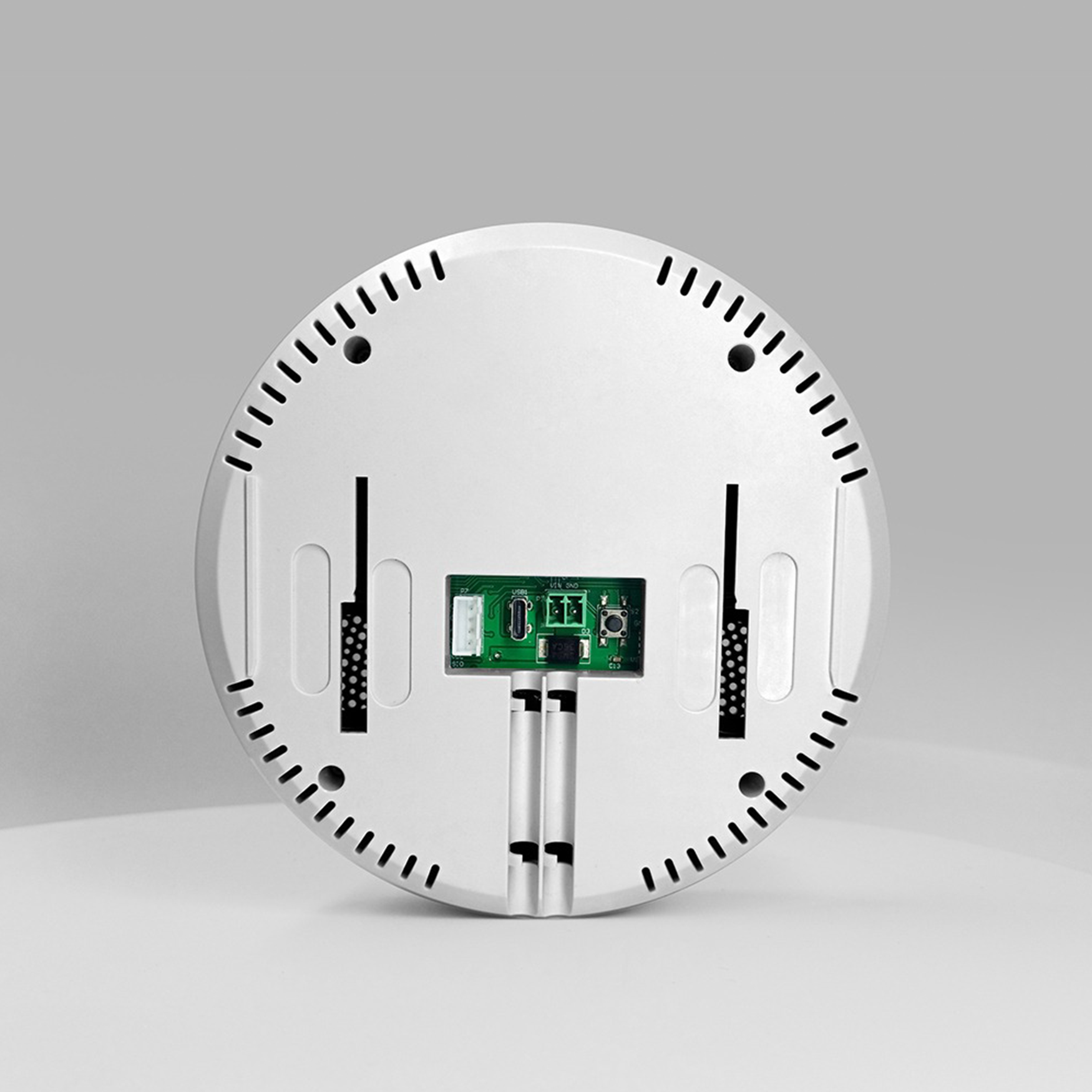

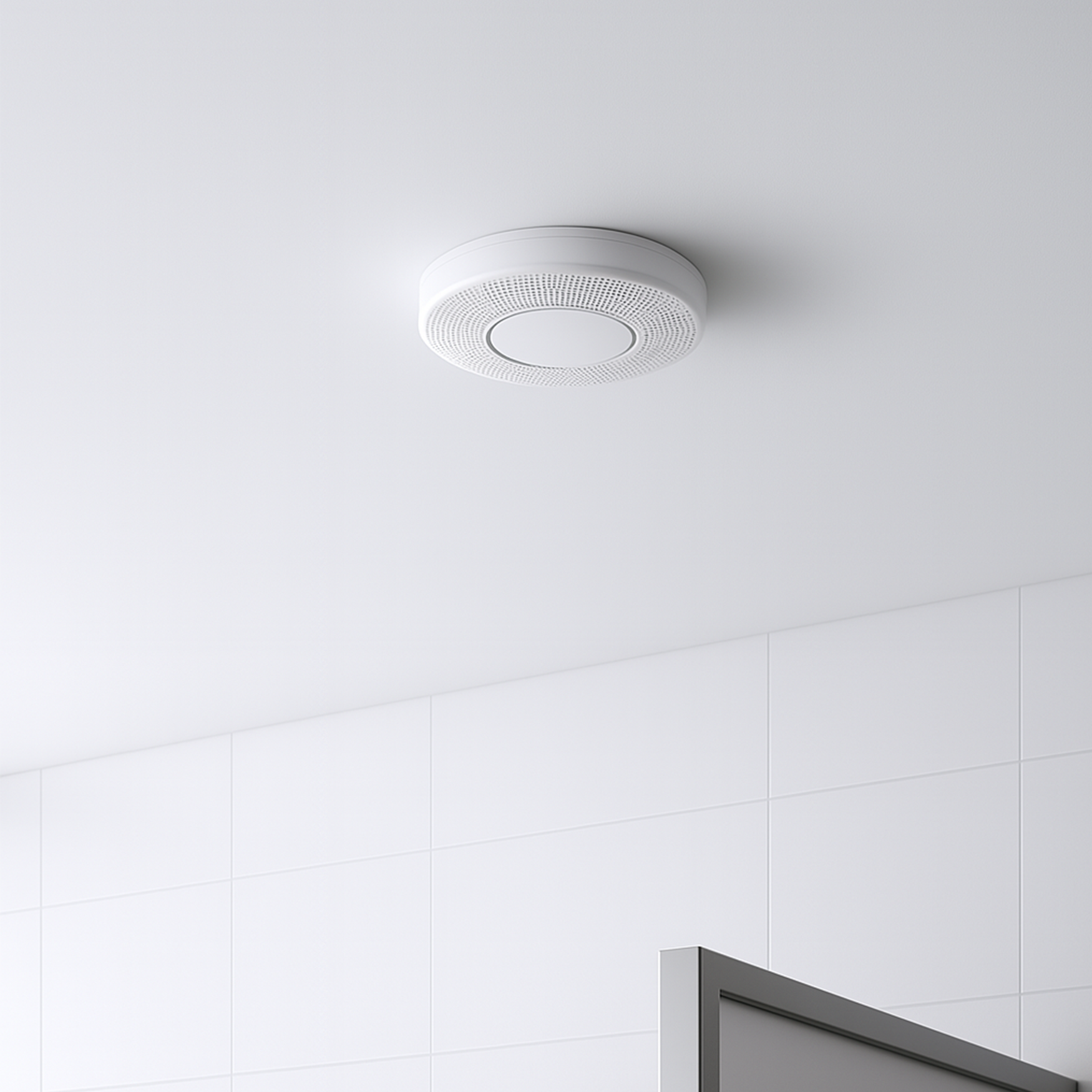
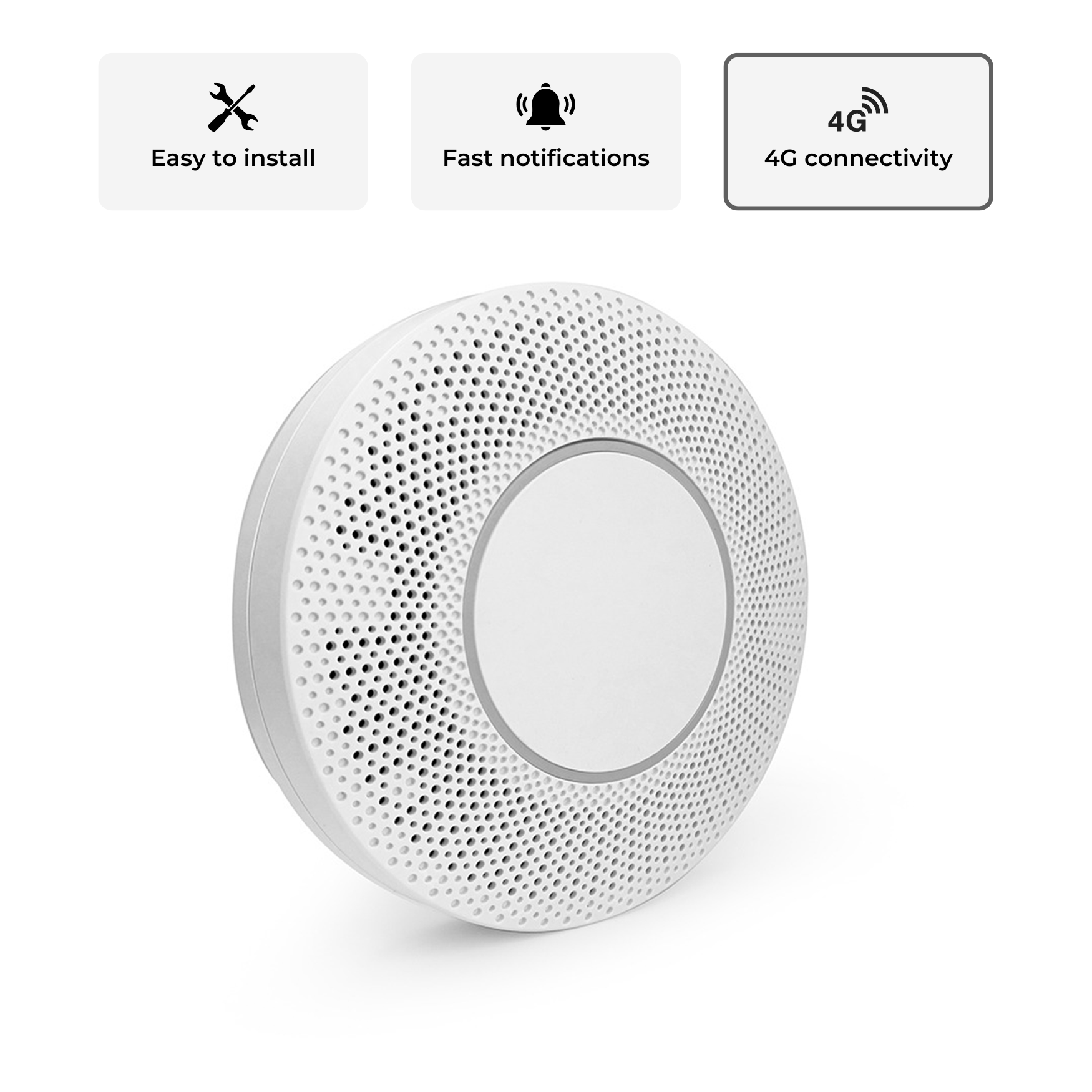


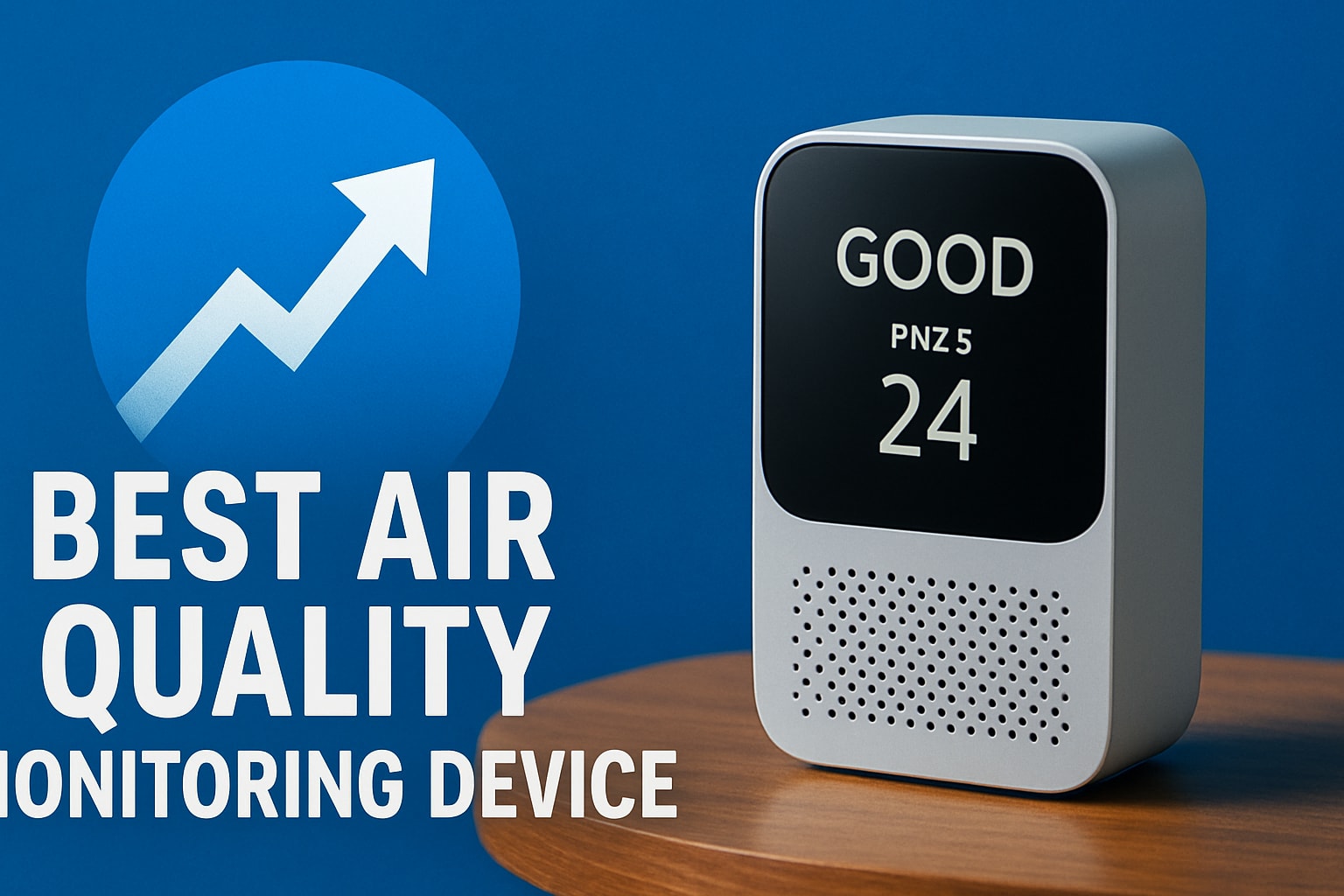
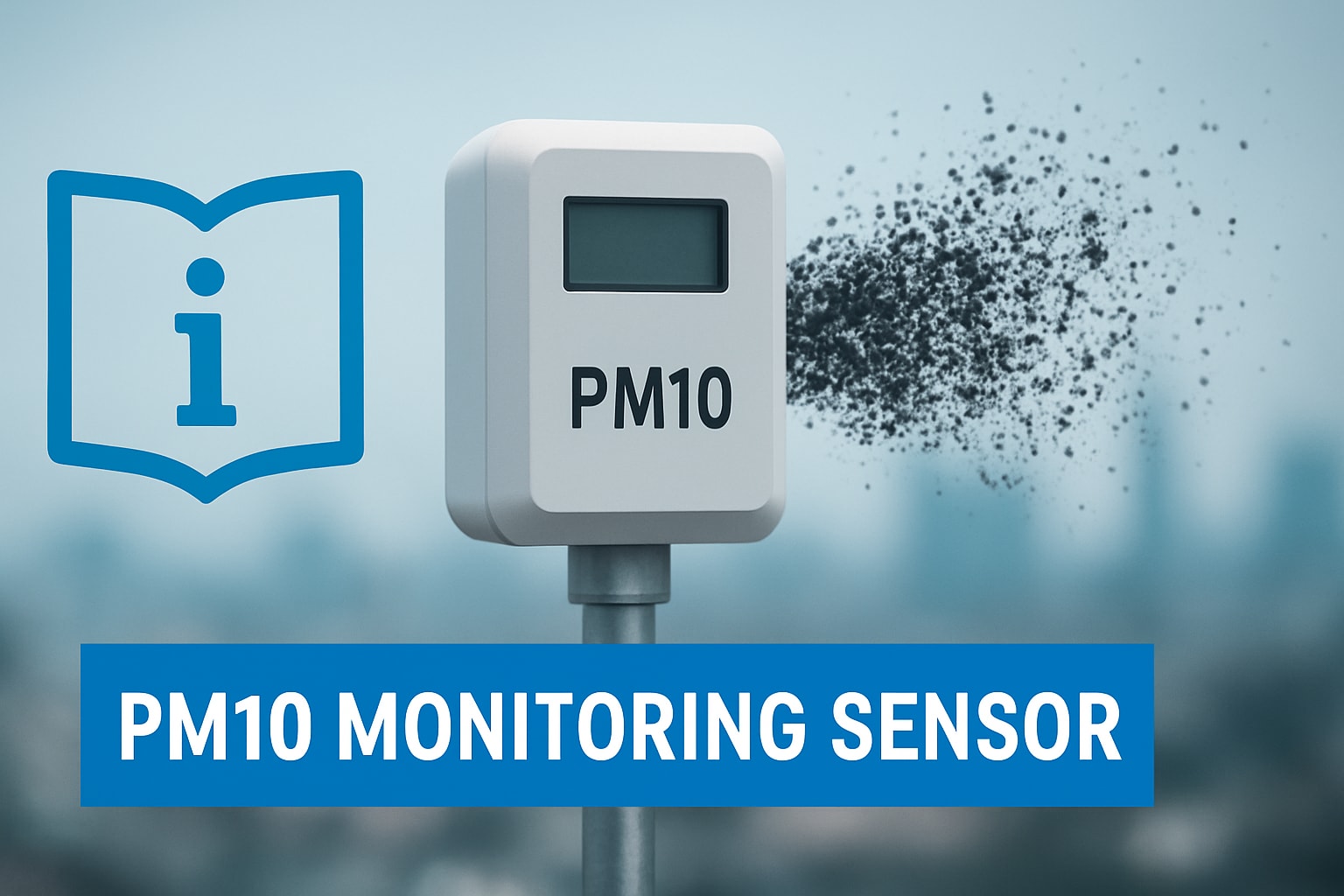
Share:
Vape Detector Cost Breakdown & ROI Calculator: What Schools Need to Know
The Essential Vape Detection Technology Guide for 2025